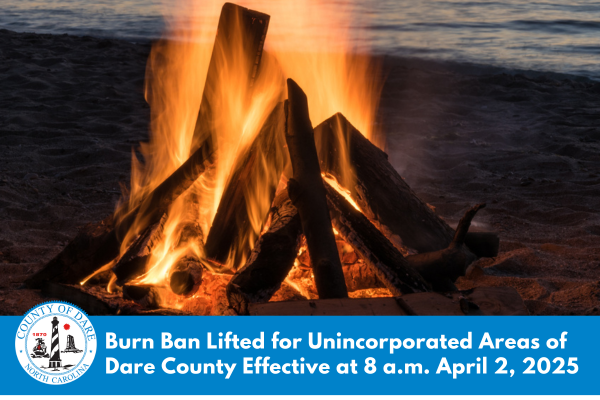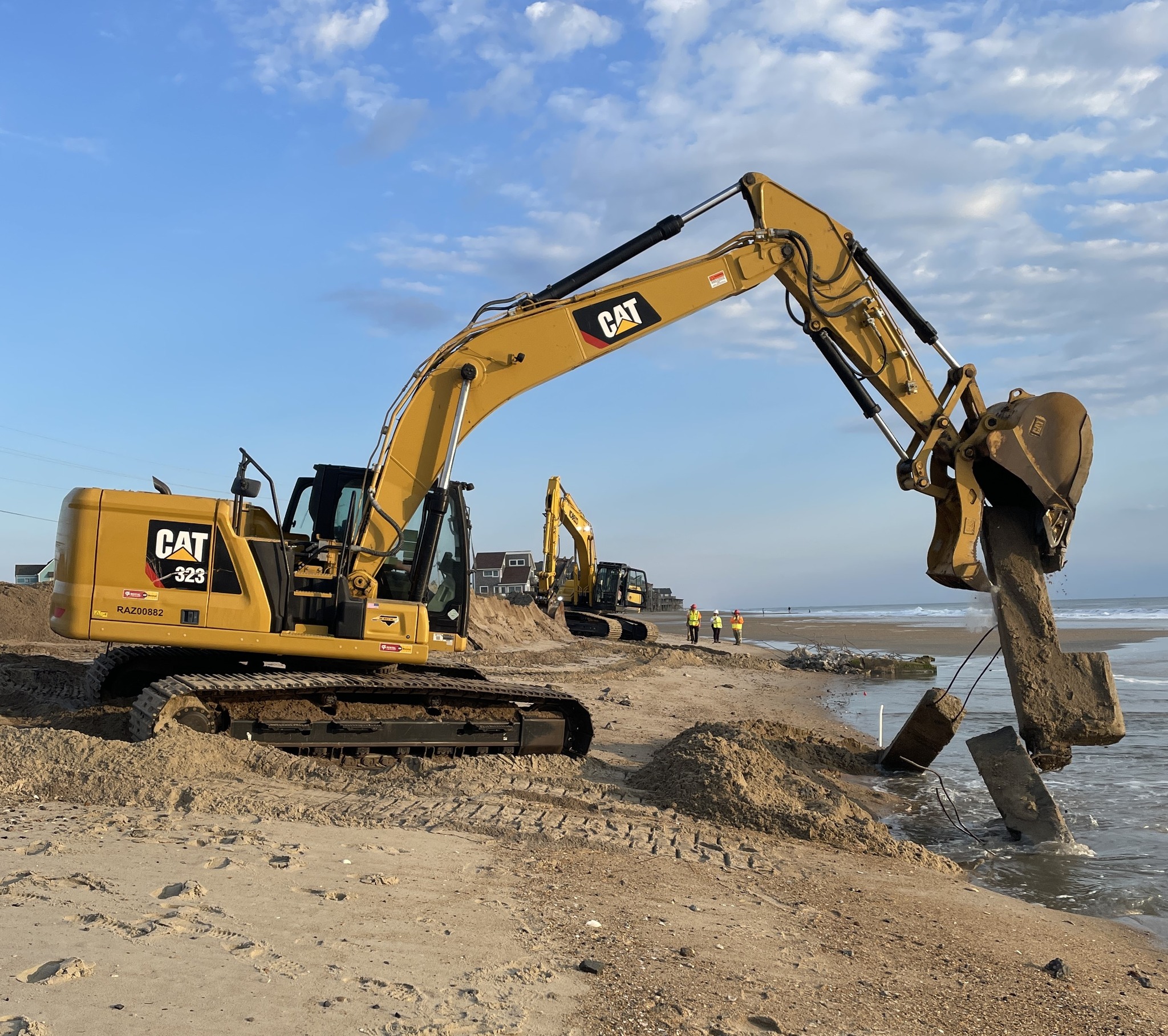Blustery weather is further hampering dredging and boat traffic in Hatteras and Oregon inlets
By CATHERINE KOZAK
By CATHERINE KOZAK
People waiting on either side of the Hatteras-Ocracoke ferry route for the wind to subside were relieved Friday morning when runs were resumed, but challenges still remain with weather and dredging.
Furthermore, the weather has also hampered efforts to dredge Oregon Inlet, where the main channel is only 2- or 3-feet deep in some places.
An unscheduled shuttle ferry today is helping to clear backed-up traffic to and from Ocracoke Island, however, it’s anyone’s guess how long the ferries will be able to keep running. Nasty northeast winds that had forced cancellations on Wednesday and Thursday are expected to continue through the weekend, blowing 25 mph to 30 mph, with gusts to 40 mph.
Another complication from the bluster is that dredges that have been toiling to clear the regular, shorter ferry channel have also been sidelined by the wind, prolonging the double-edged sword for ferry travel. The temporary channel being used now takes about 65 minutes in good weather, versus 40 minutes for the shorter channel.
“One other thing, is with the longer route we’re running now, we’re a little more exposed to sea conditions,” said Jed Dixon, the division’s deputy superintendent. “It takes us out into the open sound.”
That means that a ferry that could go out in 25 mph winds on the shorter, more protected channel may find travel on the longer route too hazardous.
Dixon said that ferry captains have been keeping a close eye on conditions and have run when the wind has let up. But there’s no guarantee it won’t shut down again, especially with forecasts saying to expect it to blow into early next week.
“Until this weather subsides,” he said, “we’re just in a wait-and-see mode.”
A state dredge has been working as much as possible to remove the shoaling in the state portion of the 3.5-mile Rollinson Channel, but completion has been hampered by the weather.
After being incapacitated last weekend by severe shoaling in Oregon Inlet, the dredge Merritt arrived back at Hatteras Inlet on Tuesday to resume work, said Roger Bullock, chief of navigation for the U.S. Army Corps of Engineers’ Wilmington District.
Bullock said the side-cast dredge is digging a pilot channel in the federal part of the channel that will allow the hopper dredge Currituck to come in and remove larger quantities of the sand clogging the channel.
If all goes as hoped, the state will have completed their portion of the channel by the time the Corps is done, which would allow the ferries to resume running in the shorter channel. The channel is about 70 percent federal and 30 percent state.
Rollinson Channel has been closed since December, when traffic was diverted to the longer 10-mile channel. The dredge Currituck had worked at Rollinson in mid-January, and the state’s pipeline dredge Carolina has been laboring between weather events to clear a different channel that has been opening up. The new channel, which was used about six years ago, is somewhat further away from the inlet and is expected to be more stable.
“We feel like we’re making good progress,” Dixon said. “We’ve got a couple hundred feet to go and we should be pretty much in the clear.”
The one blessing for the Hatteras-Ocracoke ferry traffic is that it does not have to go through Oregon Inlet, which is so shallow even the huge federal dredge Merritt gave up.
Water level in the navigational channel under the Herbert C. Bonner Bridge near the Bodie Island spit has ranged from 2- to 3-feet, barely enough for a kayak, no less a charter boat or fishing vessel.
“Our master onboard the Merritt said it’s as bad as he’s ever seen it,” Bullock said.
Like Hatteras Inlet, until conditions improve, the dredge can’t work and the boats can’t pass.
“We’re going to perform surveys basically twice a week to see if Mother Nature is going to help us out,” Bullock said, agreeing that the unusual string of northeasters this spring has done anything but help. “Typically, with a southwest wind, you tend to get a better ebb out of the inlet.”
A nearly $8 million dredge project was completed at Oregon Inlet in December, removing about 600,000 cubic yards of sand and leaving a nice 600-foot wide, 14-foot deep channel under the bridge.
The water was “fairly navigable” in the channel in mid-March, Bullock said, but now it’s impassable. It got so bad that the Merritt, sitting on top of a shoal, could not make any progress. But Bullock said that is different than running aground.
“We’re a dredge, and with a dredge we’re going to be bumping on the bottom,” he said. “That’s just the nature of the business.”
Bullock said that no one is sure what is going on with the increased shoaling in the inlets, but he said the weather can’t explain it all.
An alternate channel some boaters are using in Oregon Inlet on the south of the main channel has its own hazards, he said.
Instead of having a 120-foot wide passage protected by fenders under the bridge, boats now are navigating between bridge piers that are 60-feet apart, with no protective fenders on them. Plus, the vessels don’t have the leeway of going under the high span of the bridge and have to worry about height restrictions.
Bullock said he has enormous respect for the skill of the Oregon Inlet fleet, but even the most experienced can lose control in the powerful current under the bridge.
“The captains that go through that inlet are probably the best there are,” he said. “But it’s a tough inlet.”













